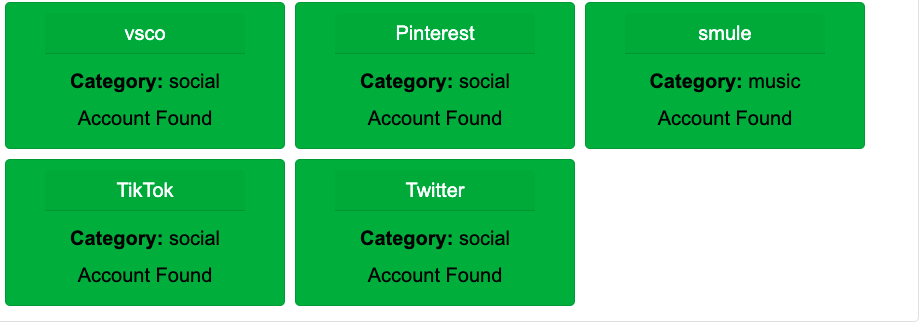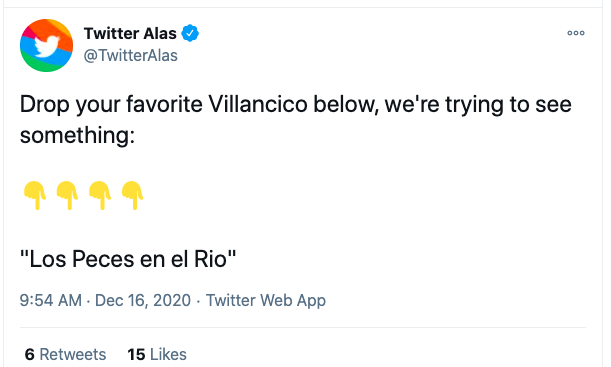Conducting online discovery research on a person or business of interest should always begin with a strategy. Using critical thinking and formatting your search around your case will save you a great deal of time and effort.
When beginning research on a subject you want to start by capturing the data that you know to be true. Many background software platforms will supply you with the basic information. Taking a good look at this information will help you determine which data points are worth using in your online research. From there you will need to do a lot more digging to discover what may be available online.
Usernames can be a rich source of information and most people use several. Especially those who are active in social media.
UserNames For Discovery
User names have been extraordinarily helpful when hunting open source intelligence online. The trouble is you may not always know the subject’s user name right away.
Since most people are creatures of habit, you can start by using whatever email addresses you have. Try a few of those to start off. Knowing an email address such as sdparty@yahoo.com for example, try sdparty or @sdparty in a standard search. Next when you start to dig into social media, pay attention to what user names they use there as well and use them to search further.

Little by little, you can discover additional sites using this method than you even knew existed. The example above was discovered based on a single user name.
Most people have user names across multiple sites. So, you may also want to use variances of the user names and/or email addresses as well. It may be as easy as placing the username in a Google or Bing search. I like to use quotes when searching by search engine to filter results.
Lastly, do a contextual evaluation of the username. It is human nature to use things that are unique to you when creating user names. You may be able to identify a cultural emphasis used or even the approximate age of the person by examining the username.
Gaming Communities
An often overlooked area is searching through gaming communities. They too are great resources for checking usernames, especially if your subject is younger.
- Xbox: https://www.xboxgamertag.com/search/usnername
- PSN: https://psnprofiles.com/username
- Twitch: https://www.twitch.tv/username
- Minecraft: https://namemc.com/name/username
When conducting online research, there is no single tool that will give you everything you need. It takes using a little bit of everything. That is where training comes in and continued education. In social media specifically, what is here today may be gone tomorrow.











